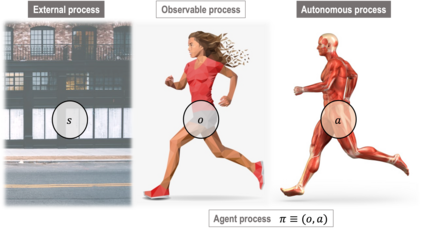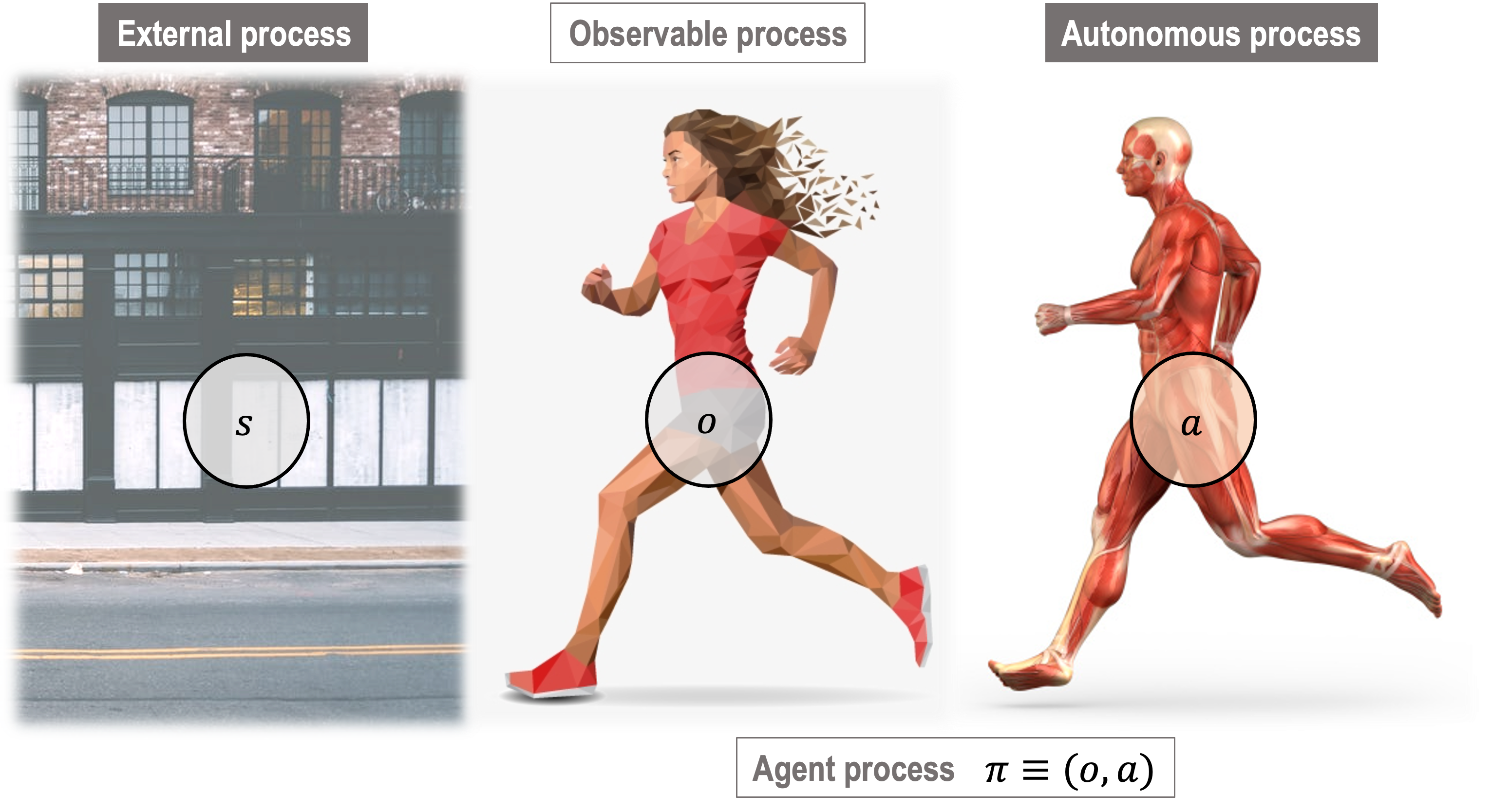In this chapter, we identify fundamental geometric structures that underlie the problems of sampling, optimisation, inference and adaptive decision-making. Based on this identification, we derive algorithms that exploit these geometric structures to solve these problems efficiently. We show that a wide range of geometric theories emerge naturally in these fields, ranging from measure-preserving processes, information divergences, Poisson geometry, and geometric integration. Specifically, we explain how (i) leveraging the symplectic geometry of Hamiltonian systems enable us to construct (accelerated) sampling and optimisation methods, (ii) the theory of Hilbertian subspaces and Stein operators provides a general methodology to obtain robust estimators, (iii) preserving the information geometry of decision-making yields adaptive agents that perform active inference. Throughout, we emphasise the rich connections between these fields; e.g., inference draws on sampling and optimisation, and adaptive decision-making assesses decisions by inferring their counterfactual consequences. Our exposition provides a conceptual overview of underlying ideas, rather than a technical discussion, which can be found in the references herein.
翻译:在本章中,我们确定了作为取样、优化、推论和适应性决策问题基础的基本几何结构。根据这一鉴定,我们得出了利用这些几何结构有效解决这些问题的算法。我们表明,这些领域自然出现了一系列广泛的几何理论,从量度保留过程、信息差异、Poisson几何学和几何集成。具体地说,我们解释了(一) 利用汉密尔顿系统的间隙几何方法,使我们能够建立(加速)采样和优化方法;(二) 希尔伯特亚空和施泰因操作者理论提供了获得稳健的估测数据的一般方法,(三) 保存决策作用积极的适应剂的信息几何方法。我们强调这些领域之间的丰富联系,例如,推断采样和优化,以及适应性决策评估决定,方法是推断其反事实后果。我们的解释提供了基本思想的概念概览,而不是技术讨论,这里可以找到。






